A 230 Watt solar panel plays a very important role in energy efficiency and environmentally friendly energy production. Solar panels offer a sustainable energy source to both individual users and businesses by converting direct sunlight into electrical energy. So, how much electricity does a 230 Watt solar panel generate?
The amount of electricity produced by the solar panel depends on many factors such as geographical location, season of the year, weather conditions and the installation angle of the panel. To make an average calculation, a solar panel can operate with full efficiency between 4-5 hours per day. In this case, a 230 Watt panel can generate between 1.15 kWh and 1.3 kWh of electricity per day under ideal conditions.
On an annual basis, a 230 watt solar panel generates approximately 400-475 kWh of electricity. This amount can meet some of the daily electricity needs of a small house and help save on electricity bills. Electricity generation with solar energy provides both economic and environmental advantages.
How many amps does a 230 watt solar panel produce?
The amount of amperage produced by a 230 Watt solar panel varies according to the voltage value of the panel. Solar panels are generally designed for 12V or 24V systems. To calculate the amperage produced by a solar panel, it is sufficient to divide the wattage value by the voltage value. For example, a 230 Watt panel produces approximately 19.17 amps when used in a 12V system. The same panel produces approximately 9.58 amps in a 24V system.
The amount of amperage to be produced by the solar panel is important to calculate the daily energy production and battery capacity correctly. The amperage value plays a critical role in terms of panel efficiency and energy management. With the correct amperage calculation, you can improve the performance of energy storage systems, minimise power outages and optimise overall system efficiency. Therefore, knowing the ampere generation capacity of a 230 Watt solar panel provides a great advantage in energy system planning and management.
Which household appliances work with a 230 watt solar panel?
A 230 watt solar panel can be effective in powering various household appliances. The electrical energy generated by the solar panel can be used efficiently, especially in low-power devices. For example, items such as energy-saving LED bulbs, small electronic devices and low-consumption kitchen appliances can be operated with this panel. However, a 230 Watt panel may not be sufficient for large household appliances that require high power.
Which appliances a solar panel can power depends on the power consumption of the appliances and the amount of energy the panel produces per day. The following is a list of some household appliances that can be powered by a 230 W solar panel with their power consumption:
| Home Goods | Power Consumption (Watt) | Working Time (Hour) |
|---|---|---|
| LED Bulb | 10 | 23 |
| Laptop Computer | 60 | 3.8 |
| Phone Charger | 5 | 46 |
| Small Fan | 50 | 4.6 |
| Television (LCD) | 100 | 2.3 |
| Modem | 10 | 23 |
This table gives an idea of how long a 230 W solar panel can run certain household appliances based on their energy consumption. It is important to note that daily energy production can vary, so these times are averages.
How to Make Solar Panels More Efficient?
One of the most effective ways to increase the efficiency of solar panels is to use solar tracking systems. The solar tracking system maximises energy production by ensuring that the panels follow the sun at the optimum angle throughout the day. Panels placed at a fixed angle work with maximum efficiency only during certain hours, while solar tracking systems allow the panels to produce more energy by positioning them at the best angle throughout the day. These systems provide a significant increase in efficiency, especially in large-scale solar energy projects installed in large areas.
Solar tracking systems are divided into two main types: single-axis and dual-axis. Single-axis tracking systems move the panels from east to west, while dual-axis systems move on both horizontal and vertical axes, ensuring that the panels are always at the most favourable angle. This can increase annual energy production by 20 to 40 per cent. Investing in solar tracking systems to improve the efficiency of solar panels means higher energy production and faster return on investment in the long run.


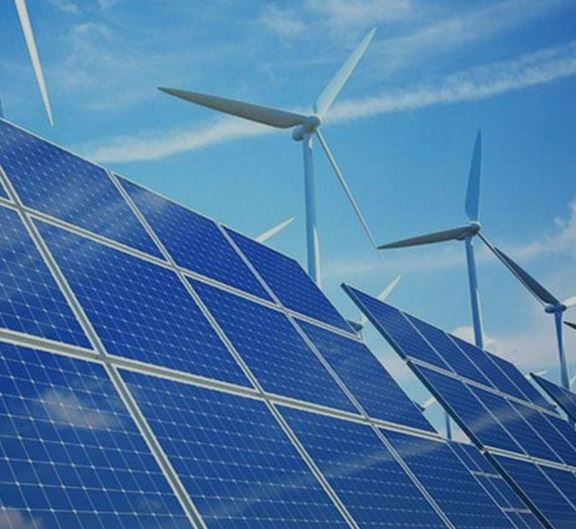
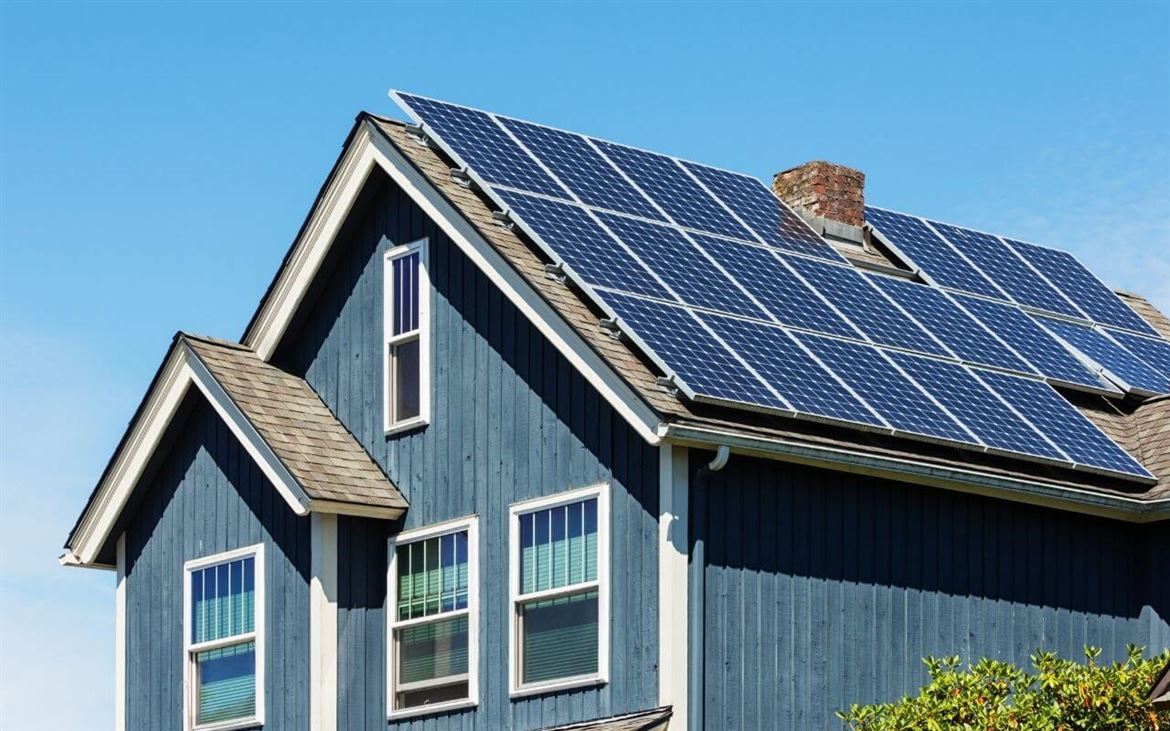

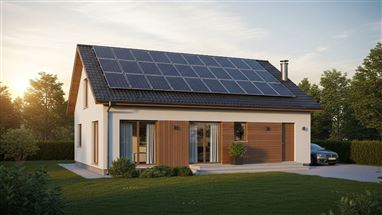
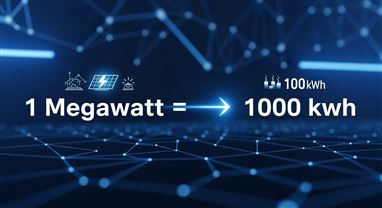
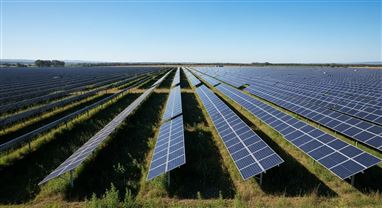
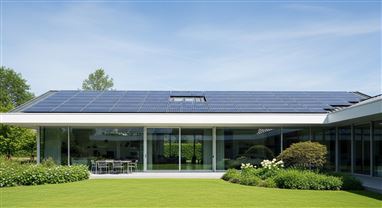
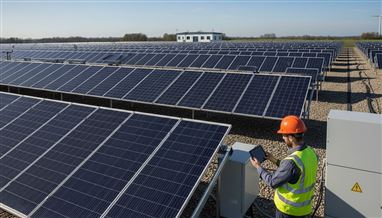
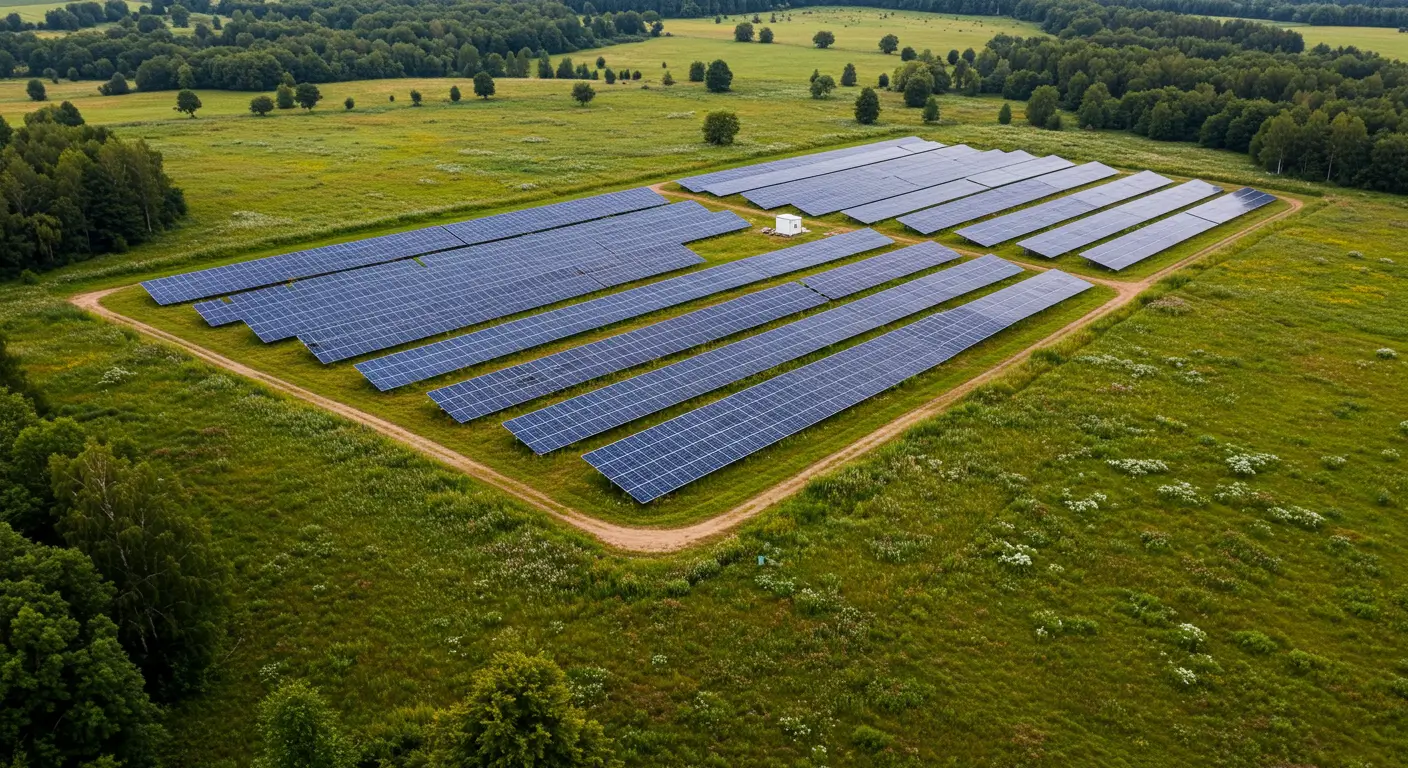
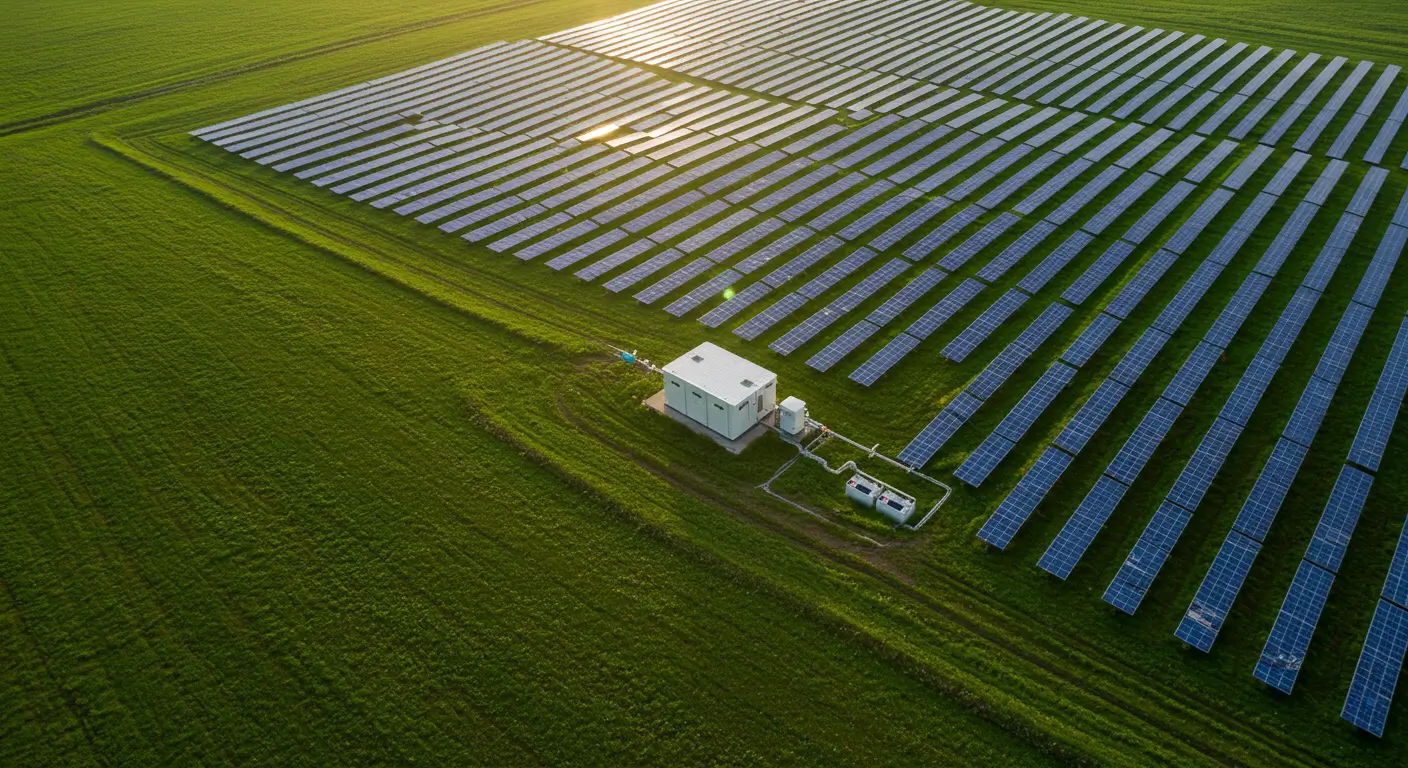
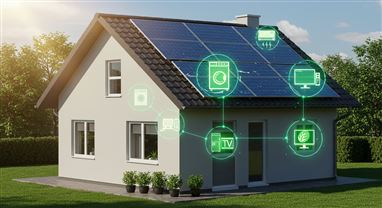
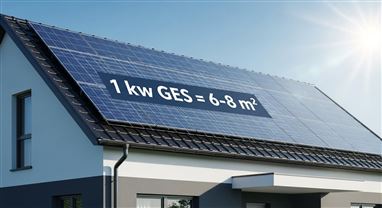
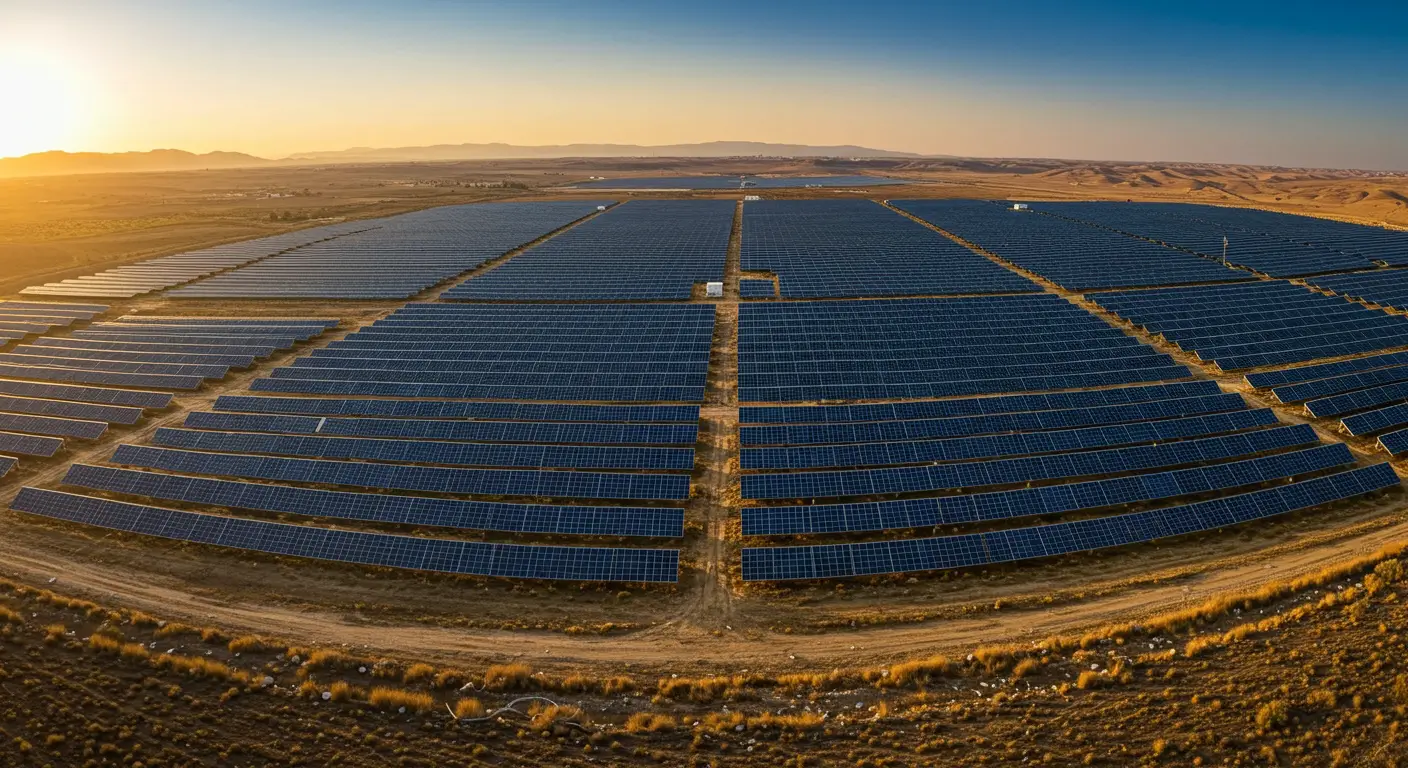
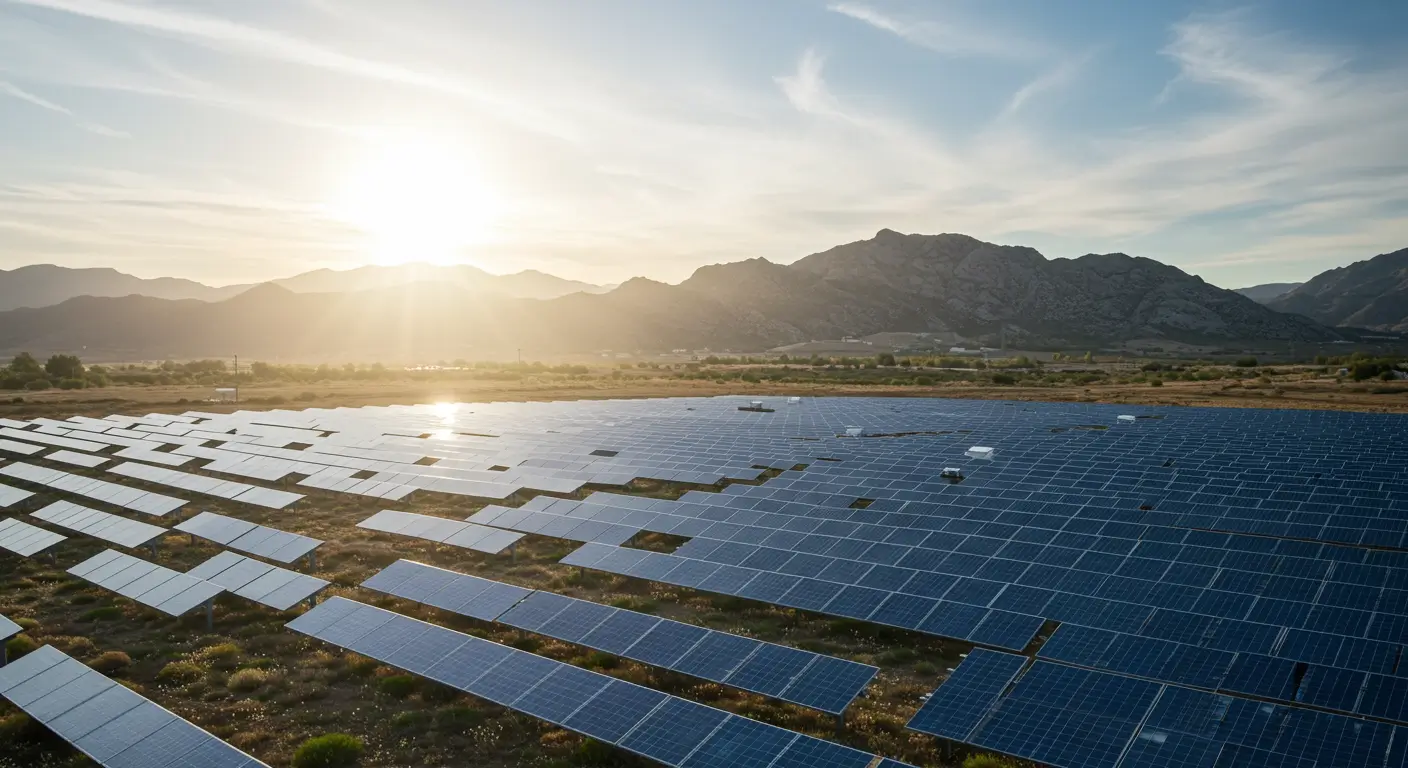
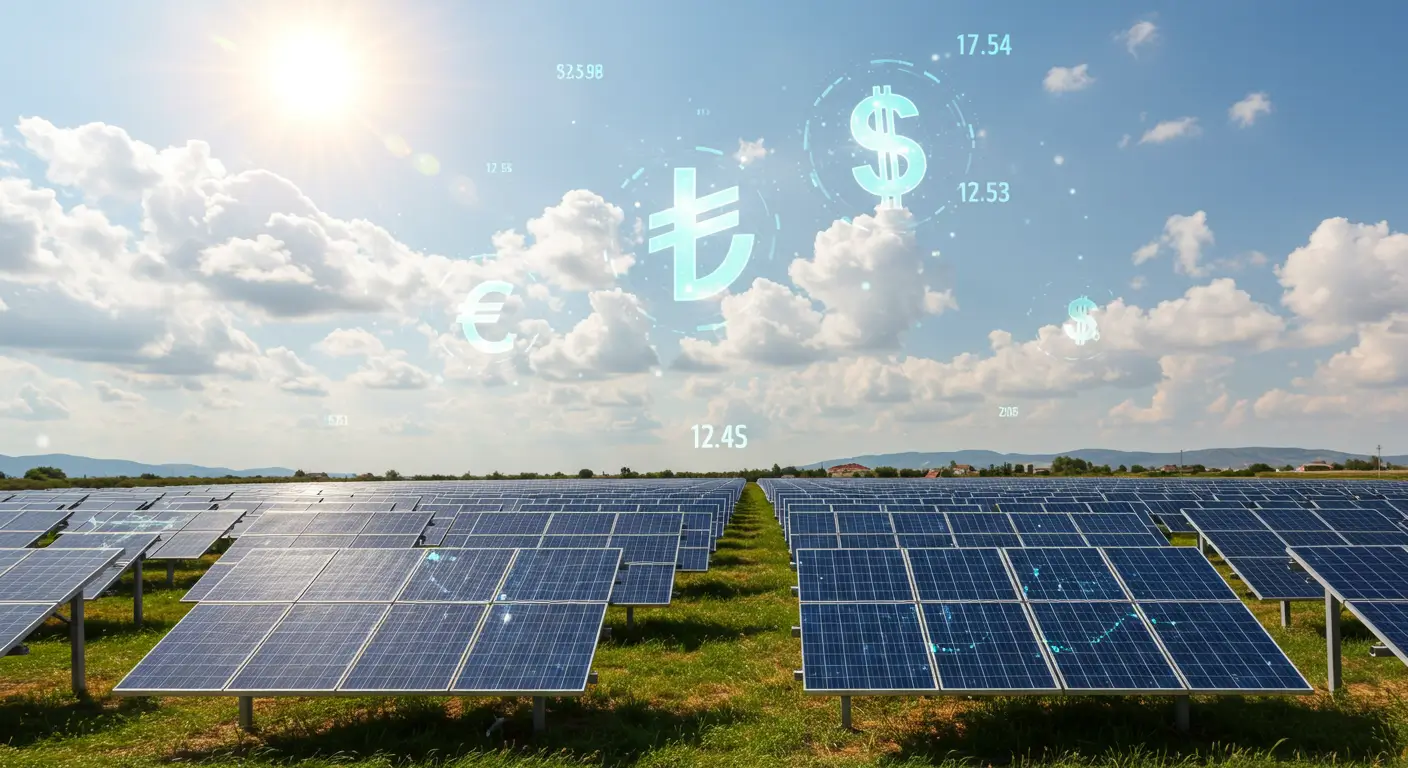
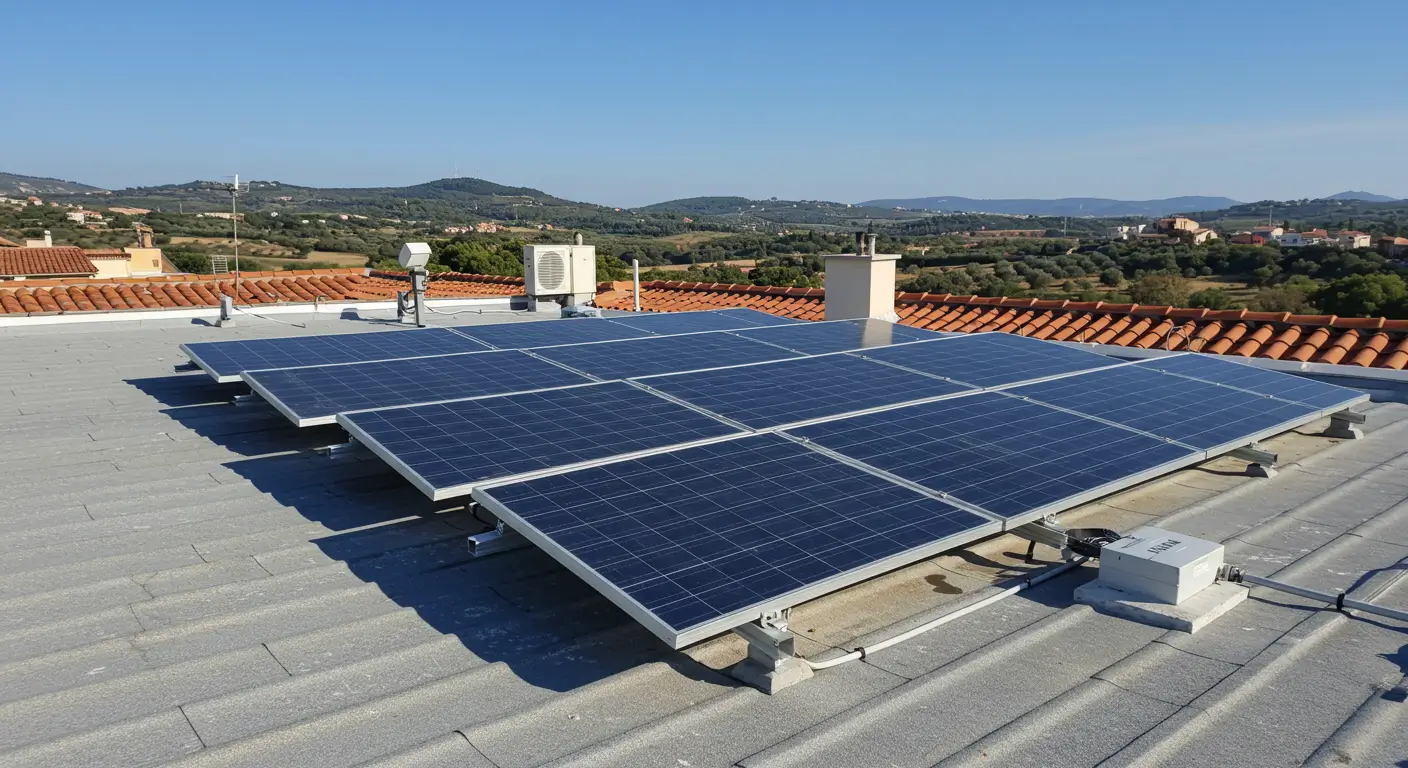
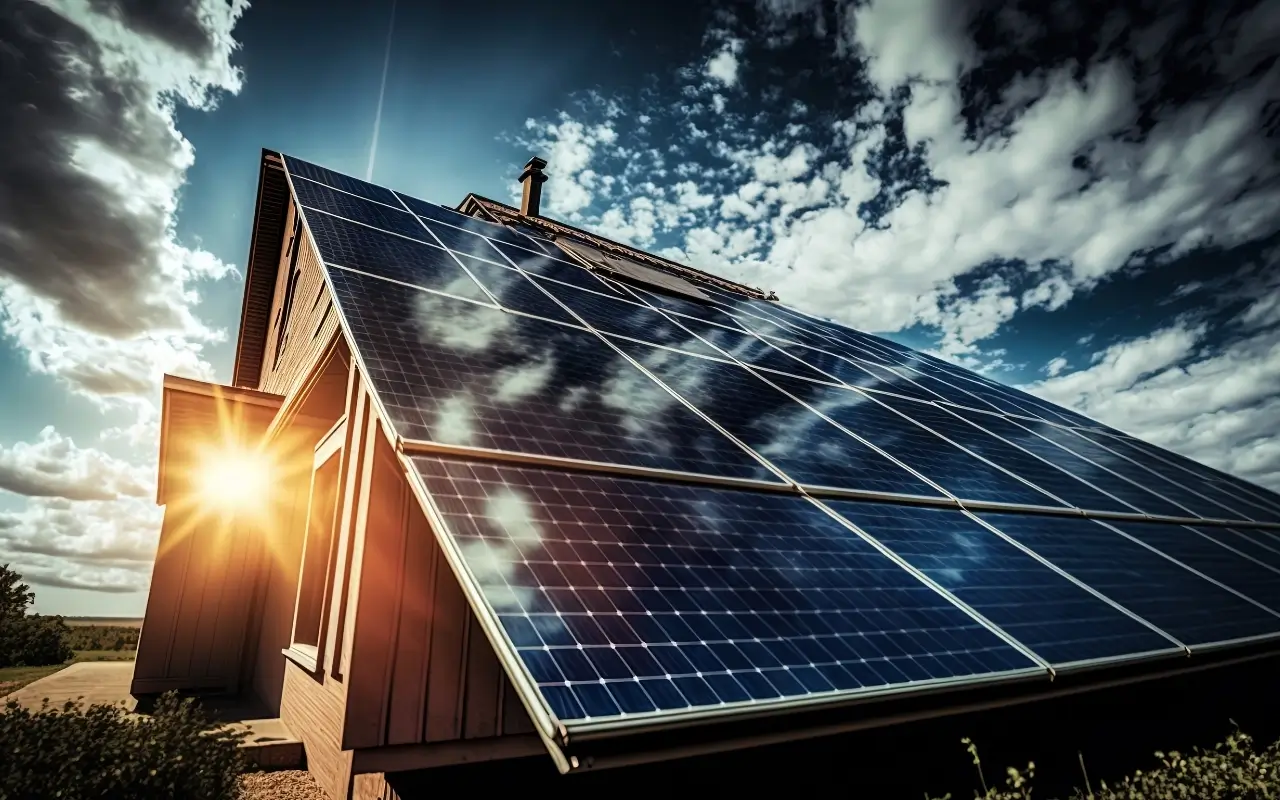
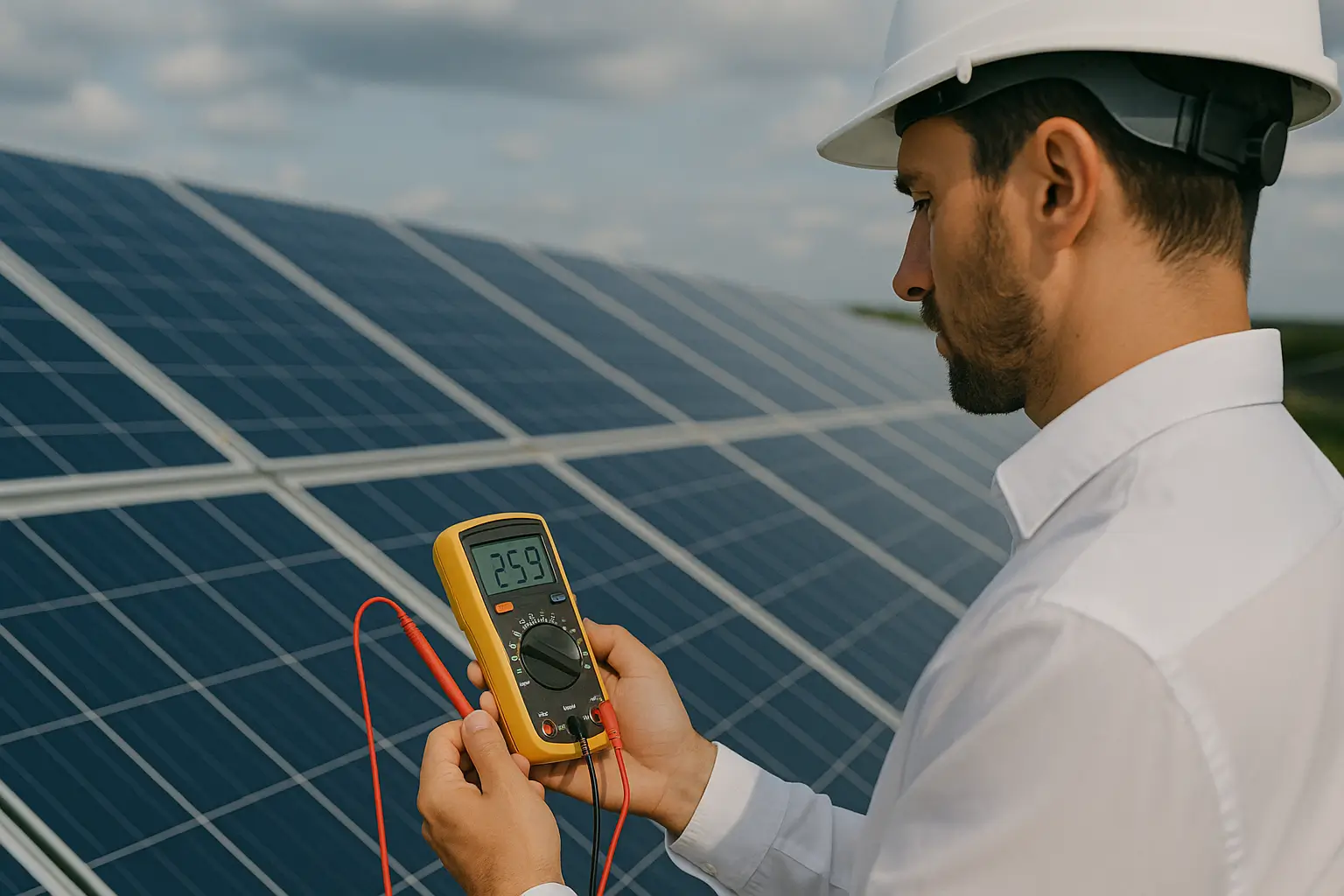
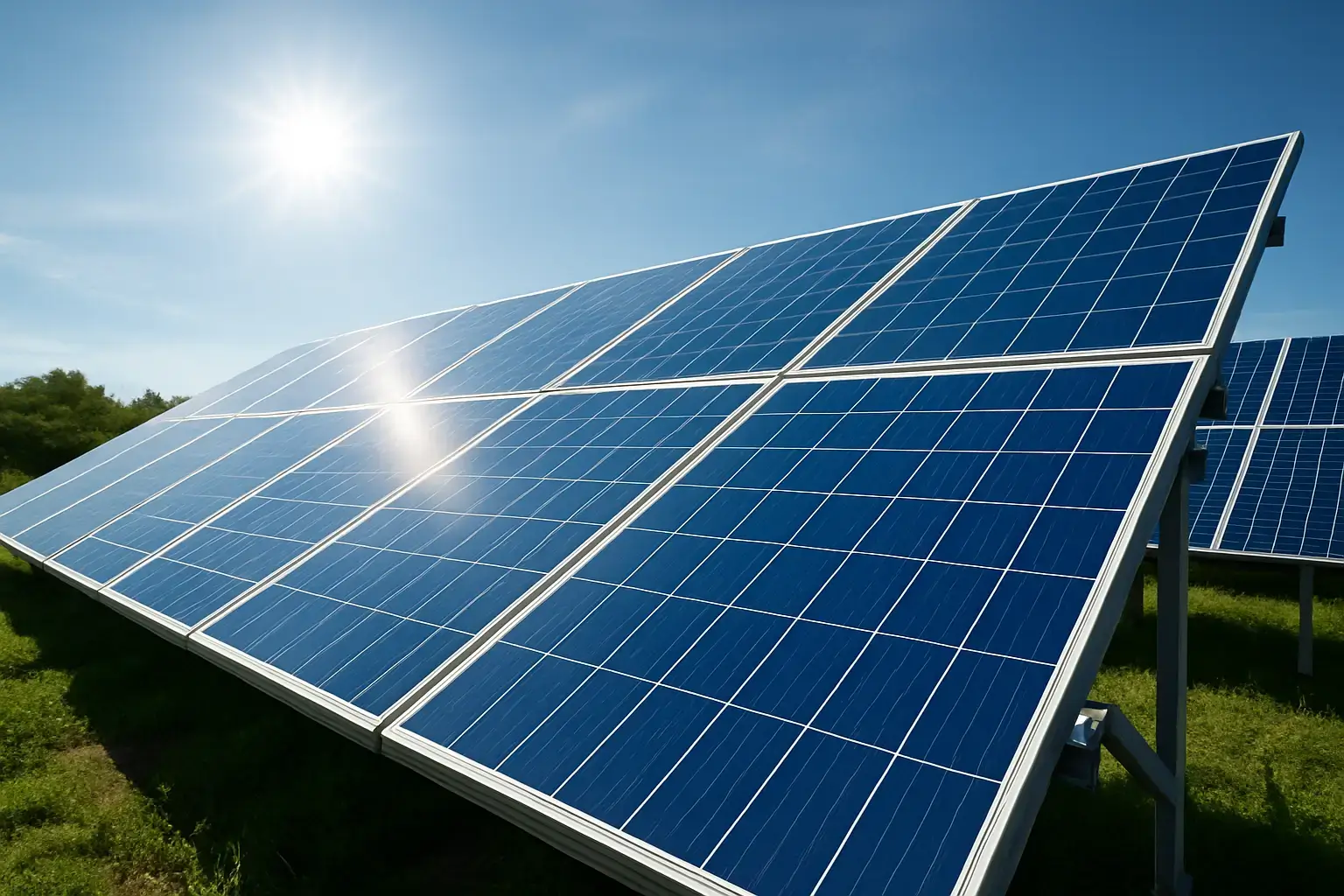

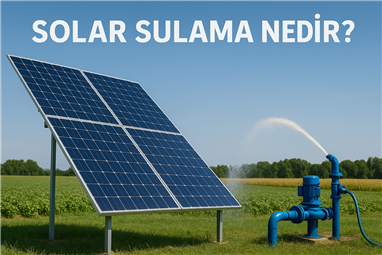
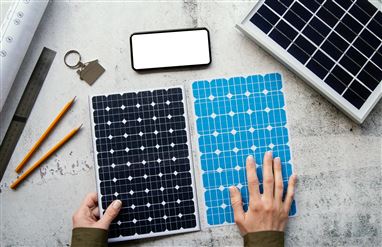


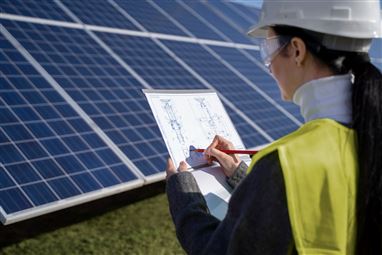
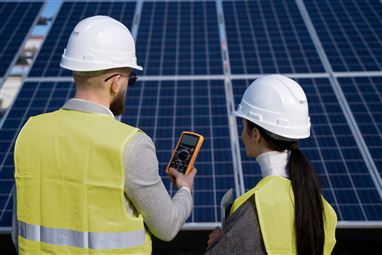
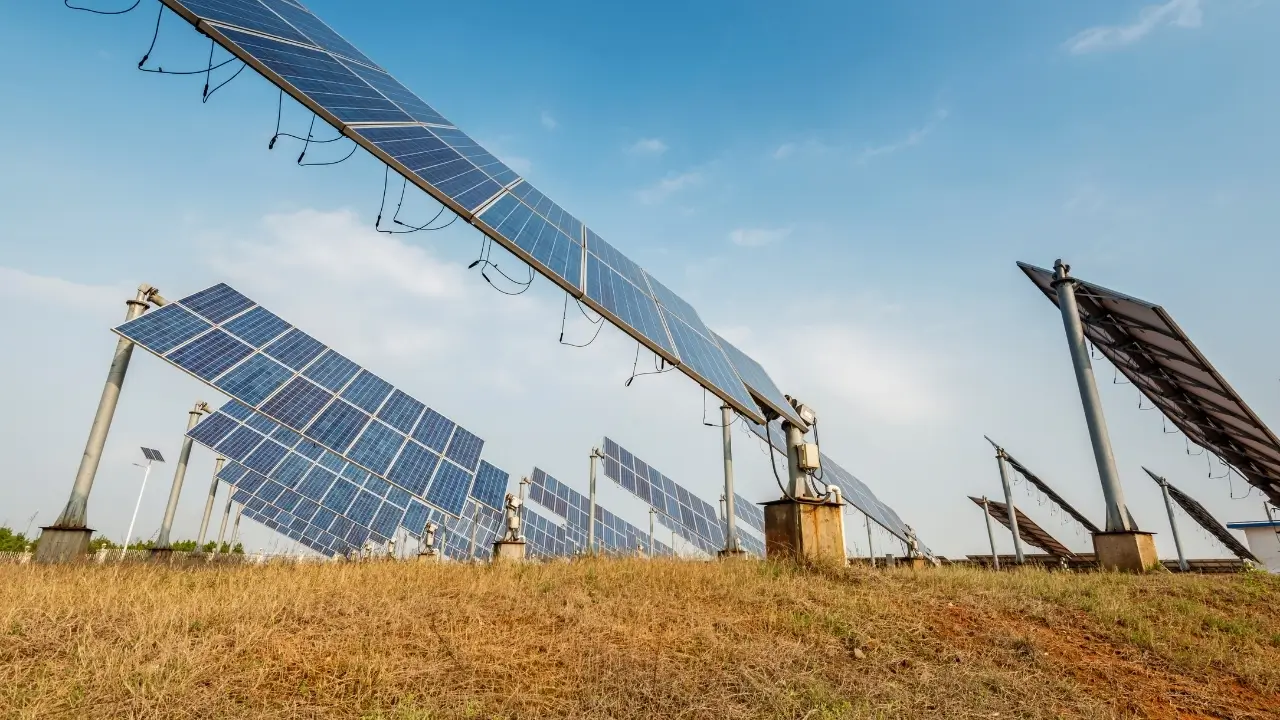
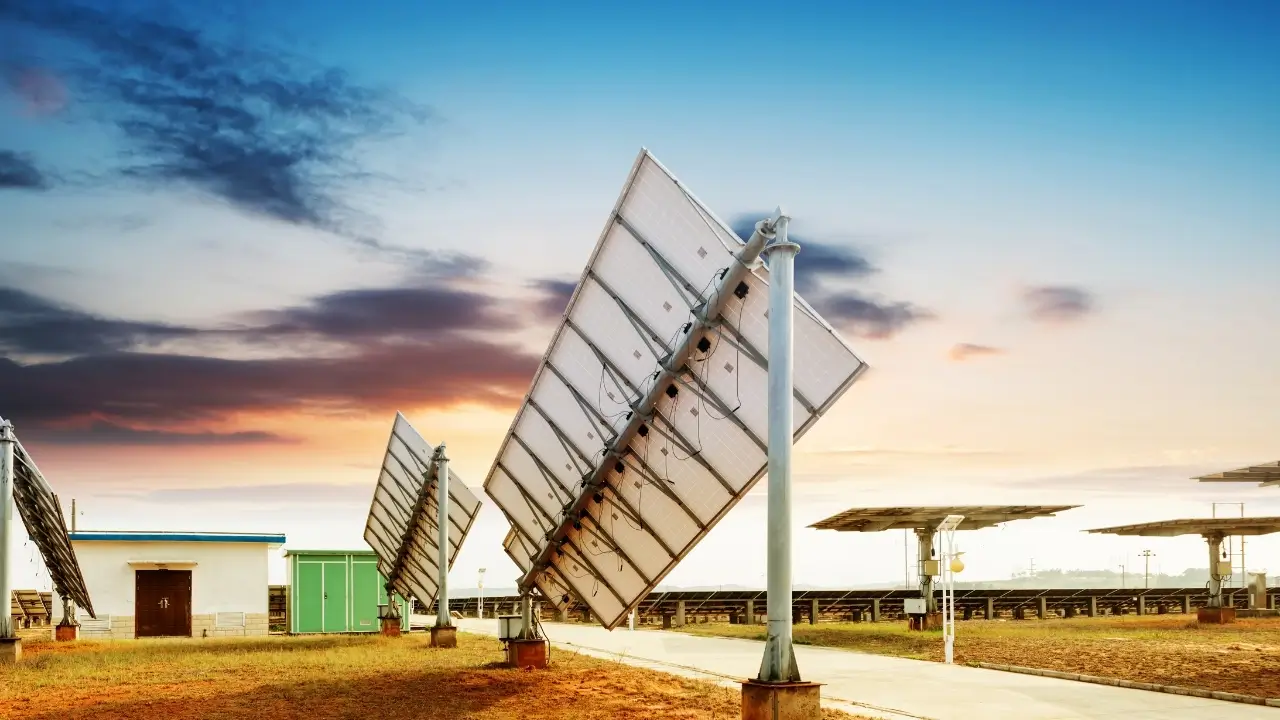
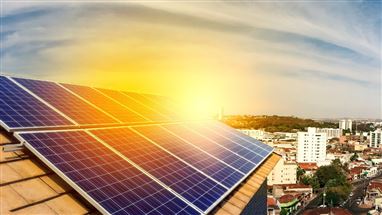
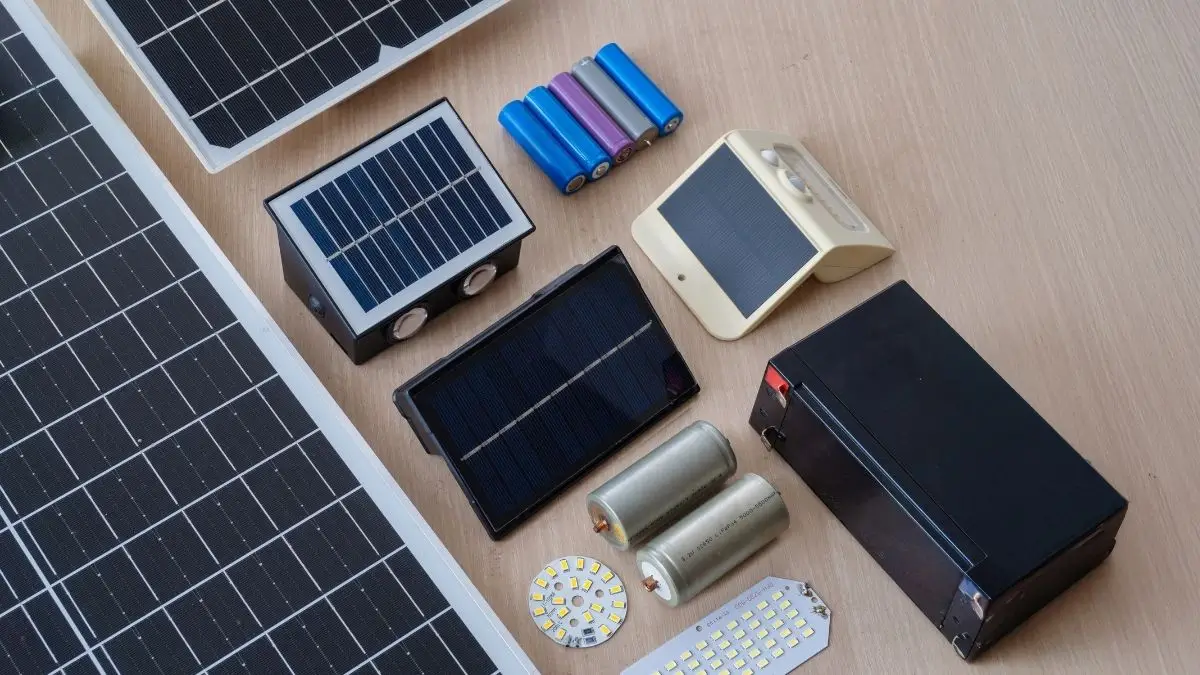
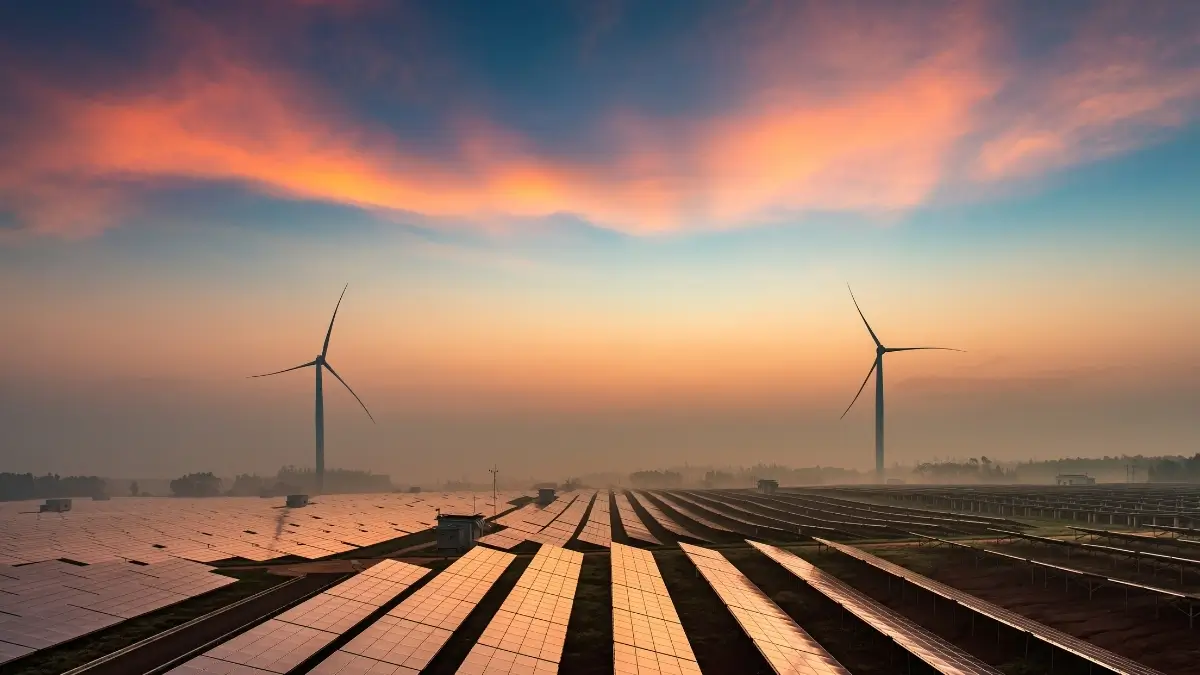
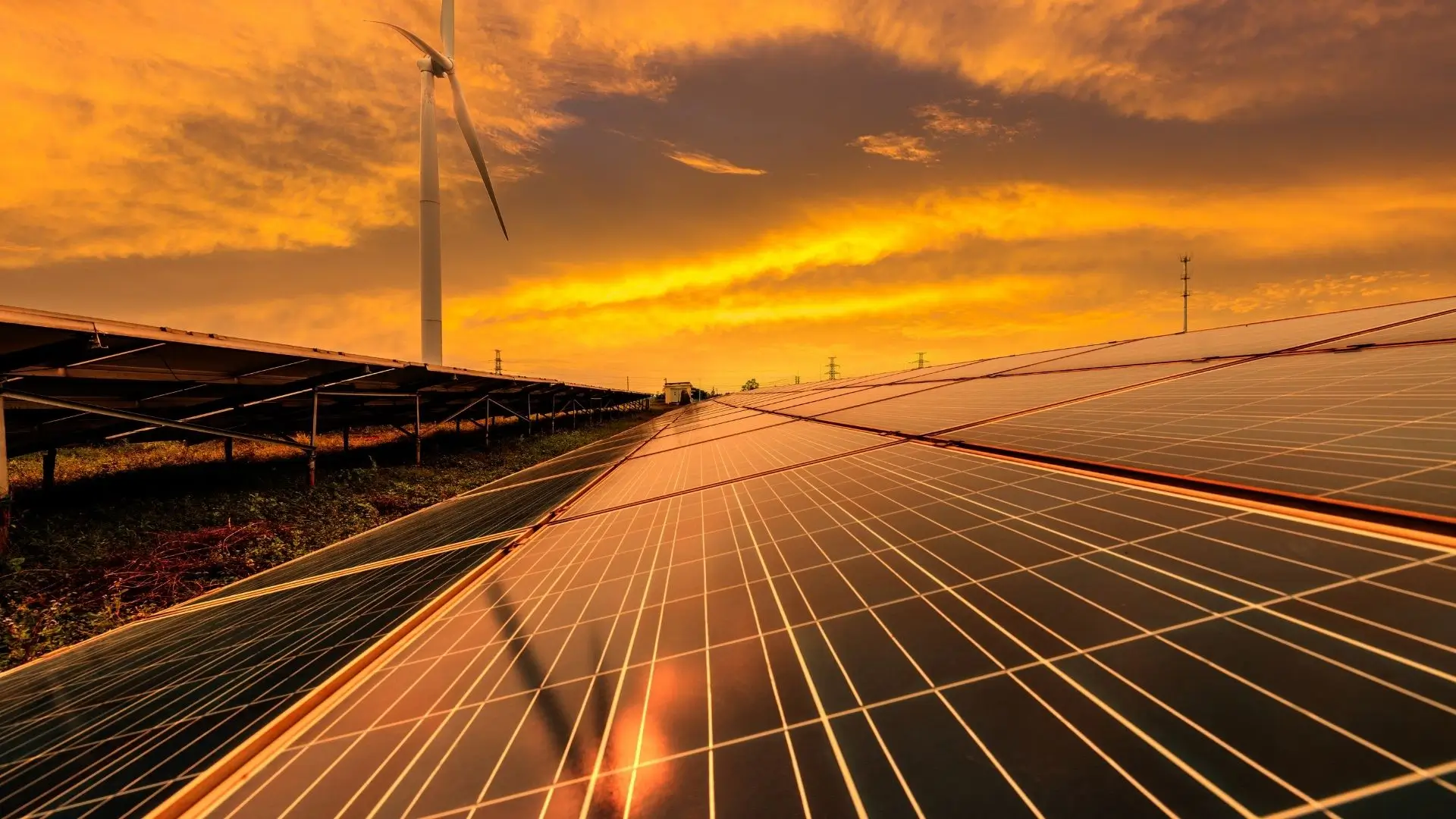
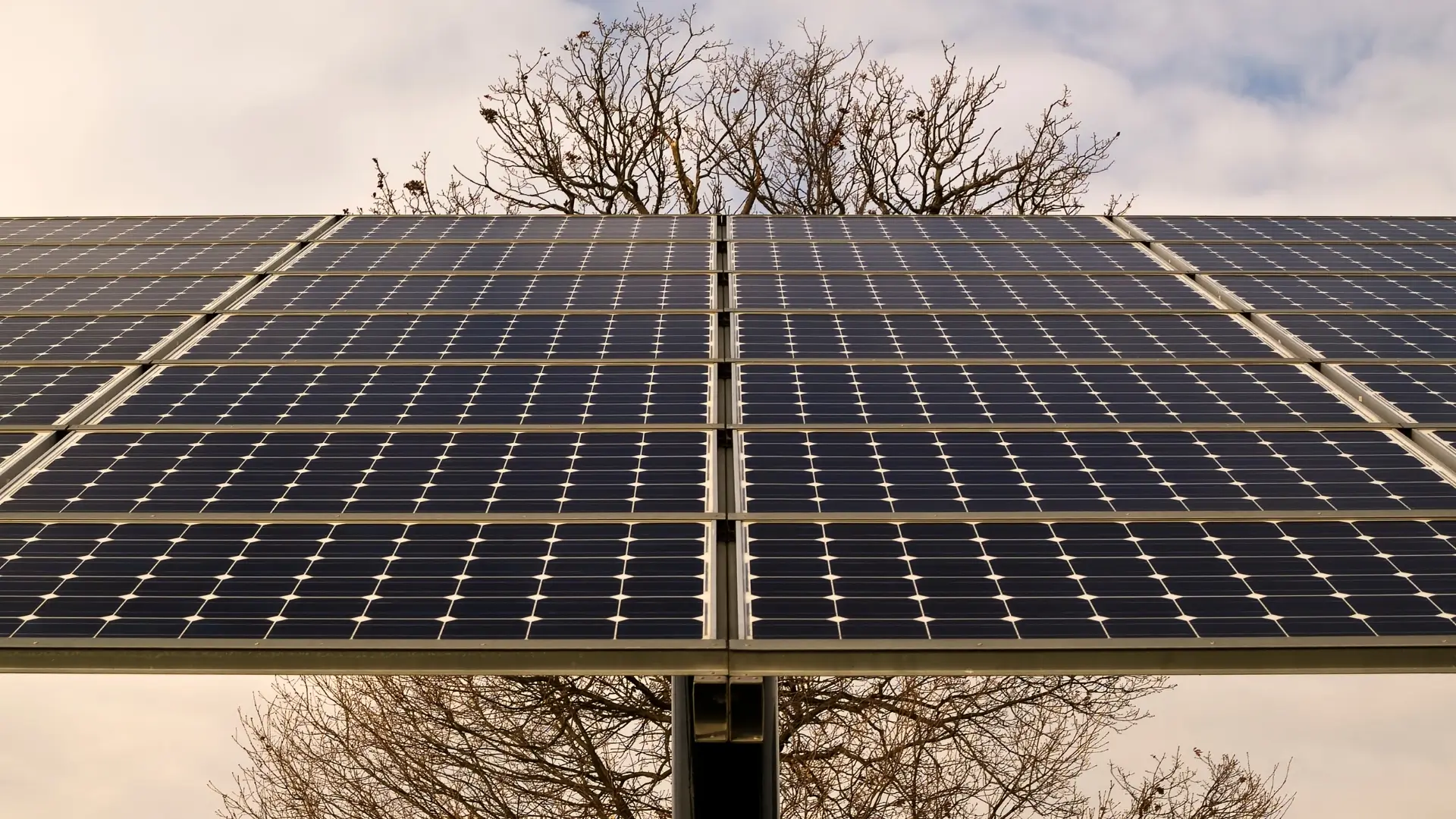
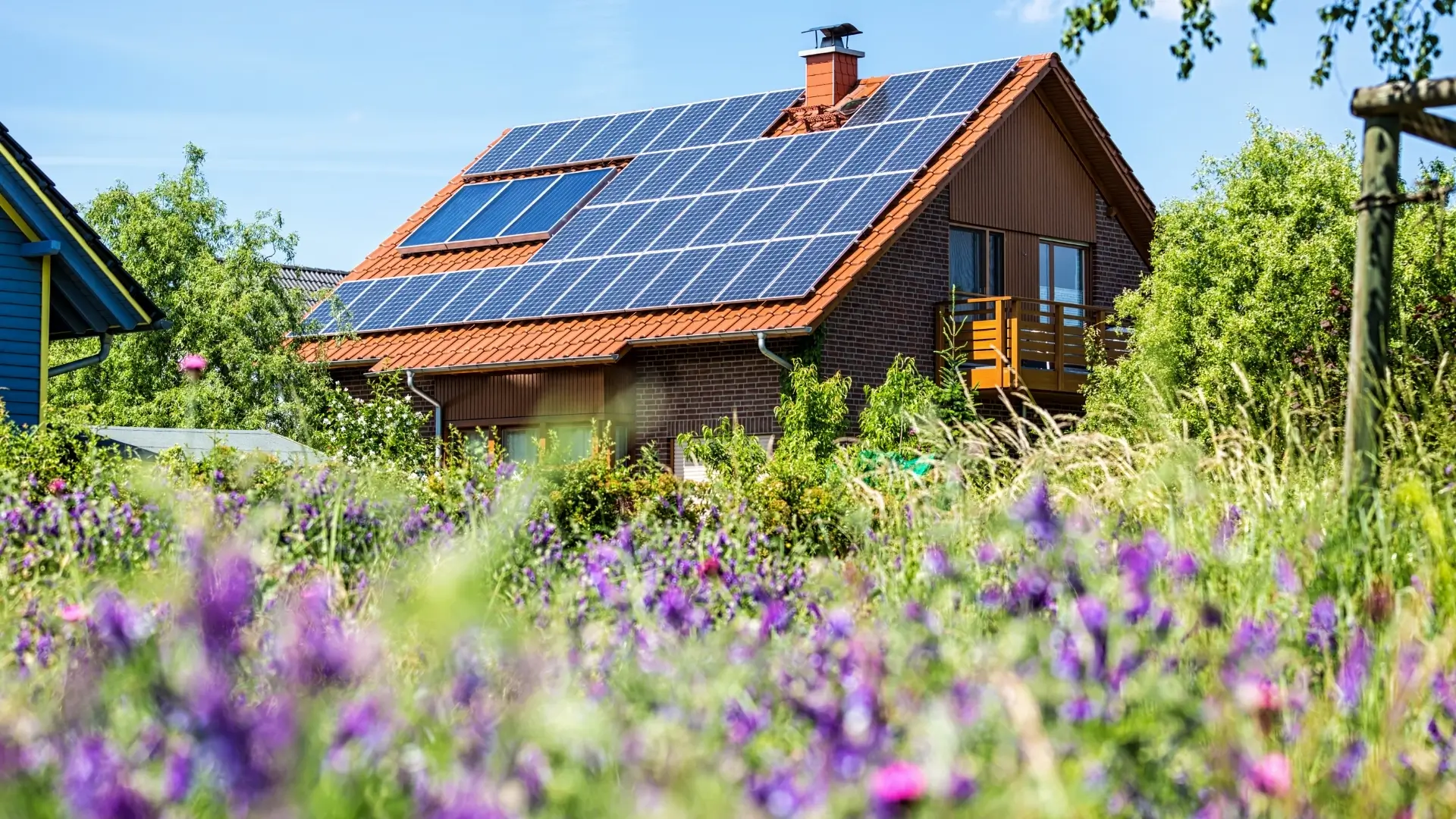
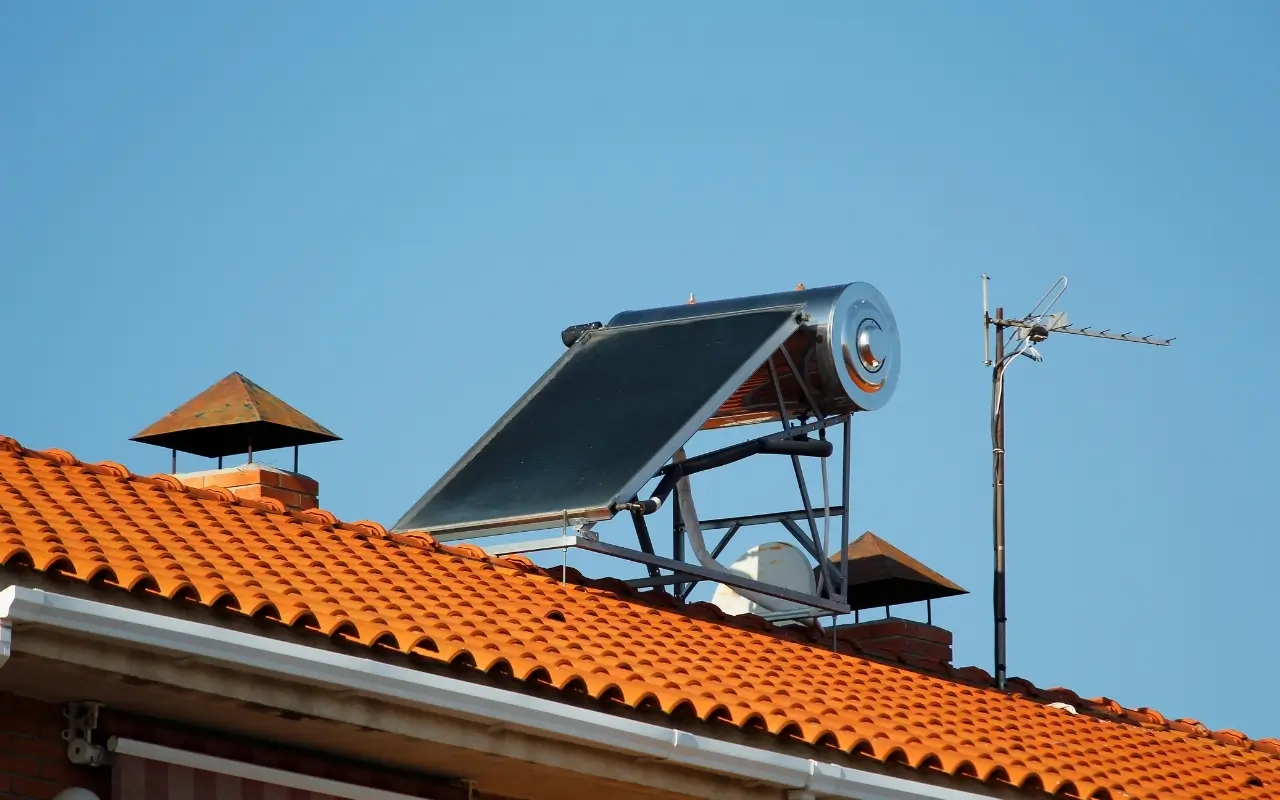
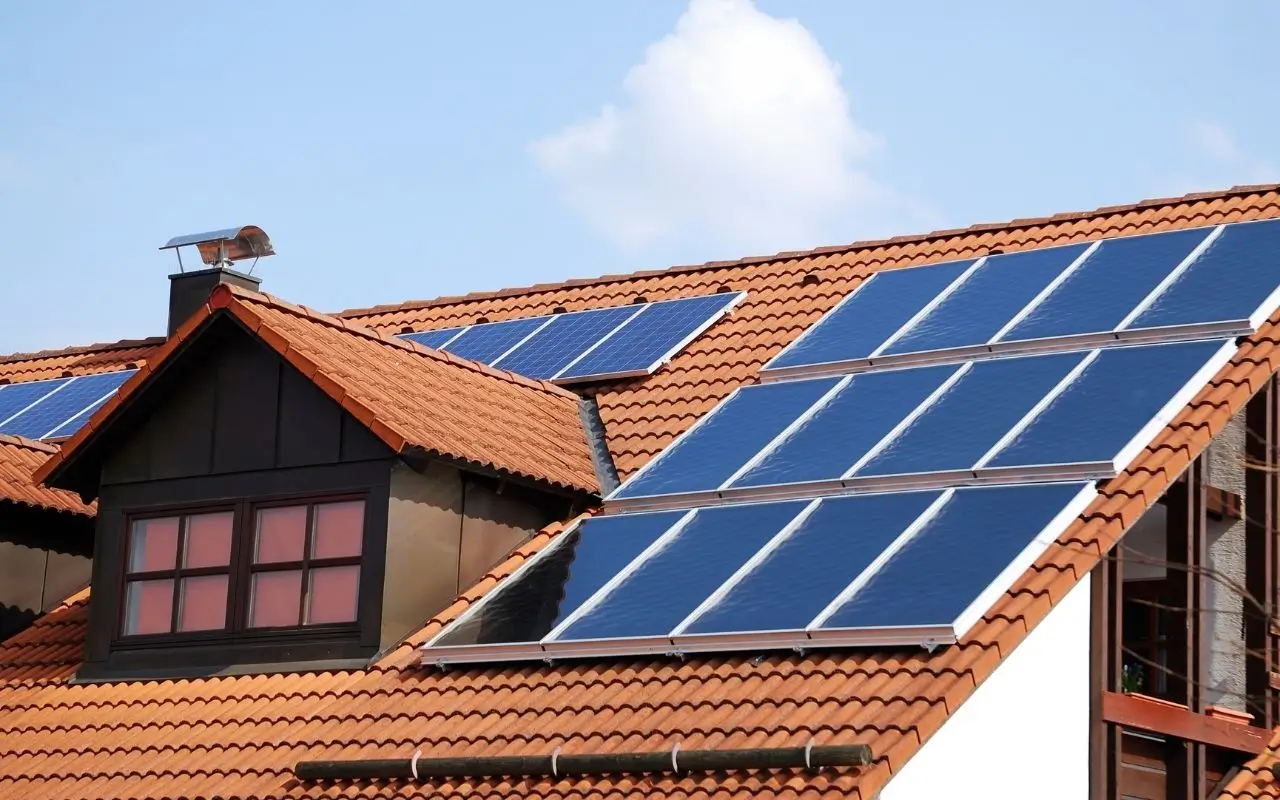
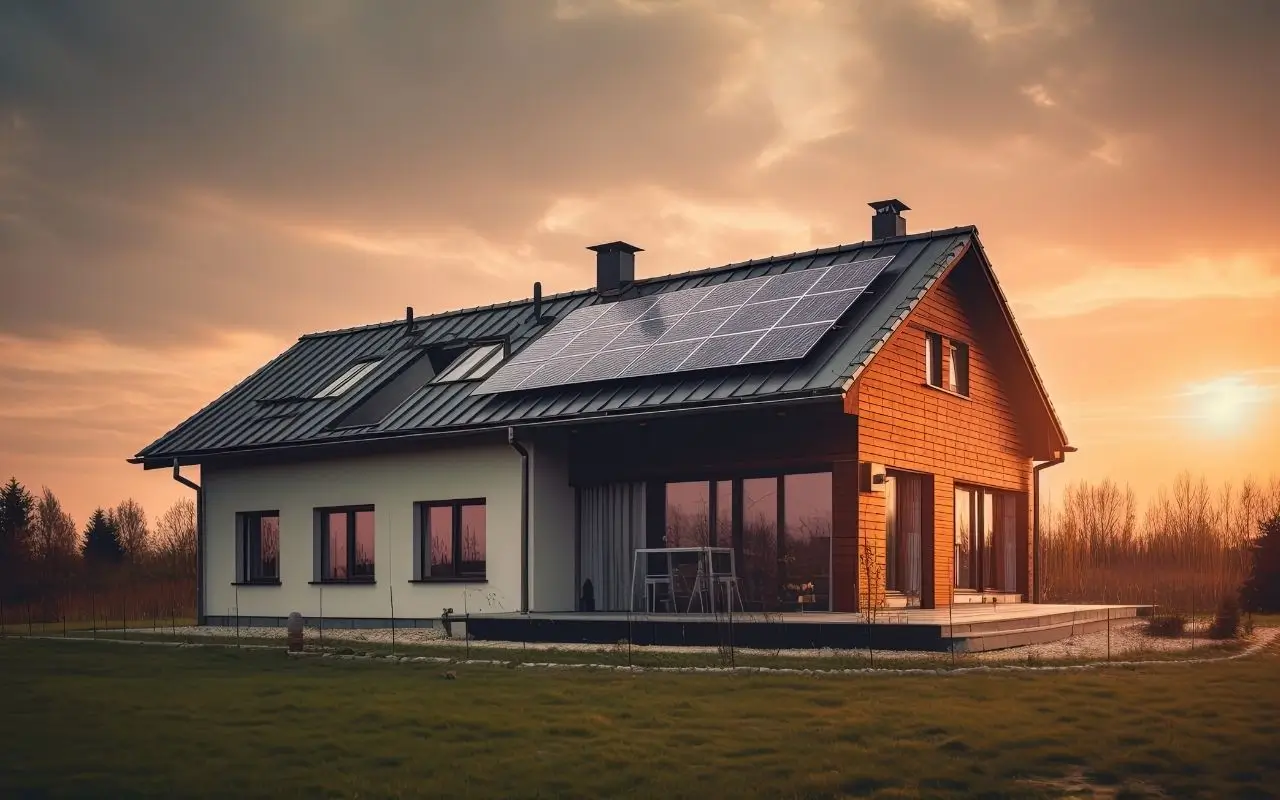
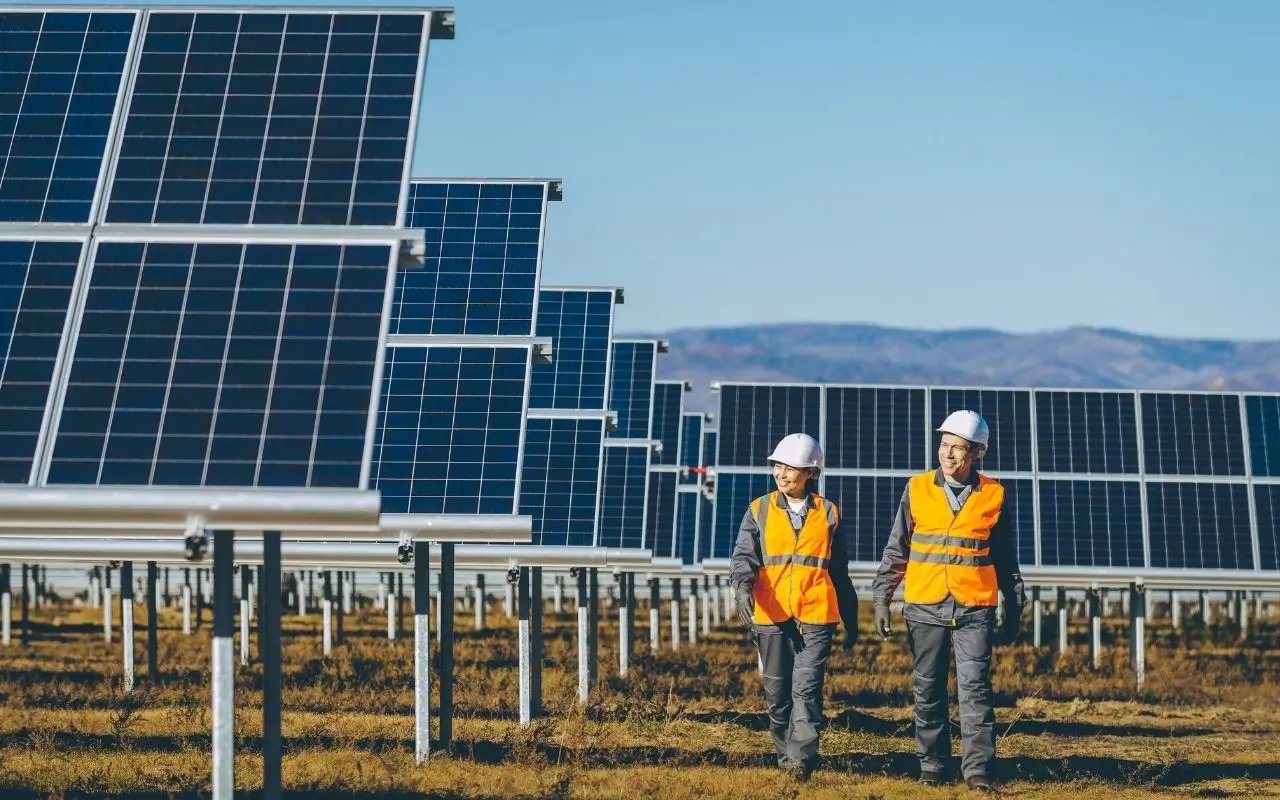
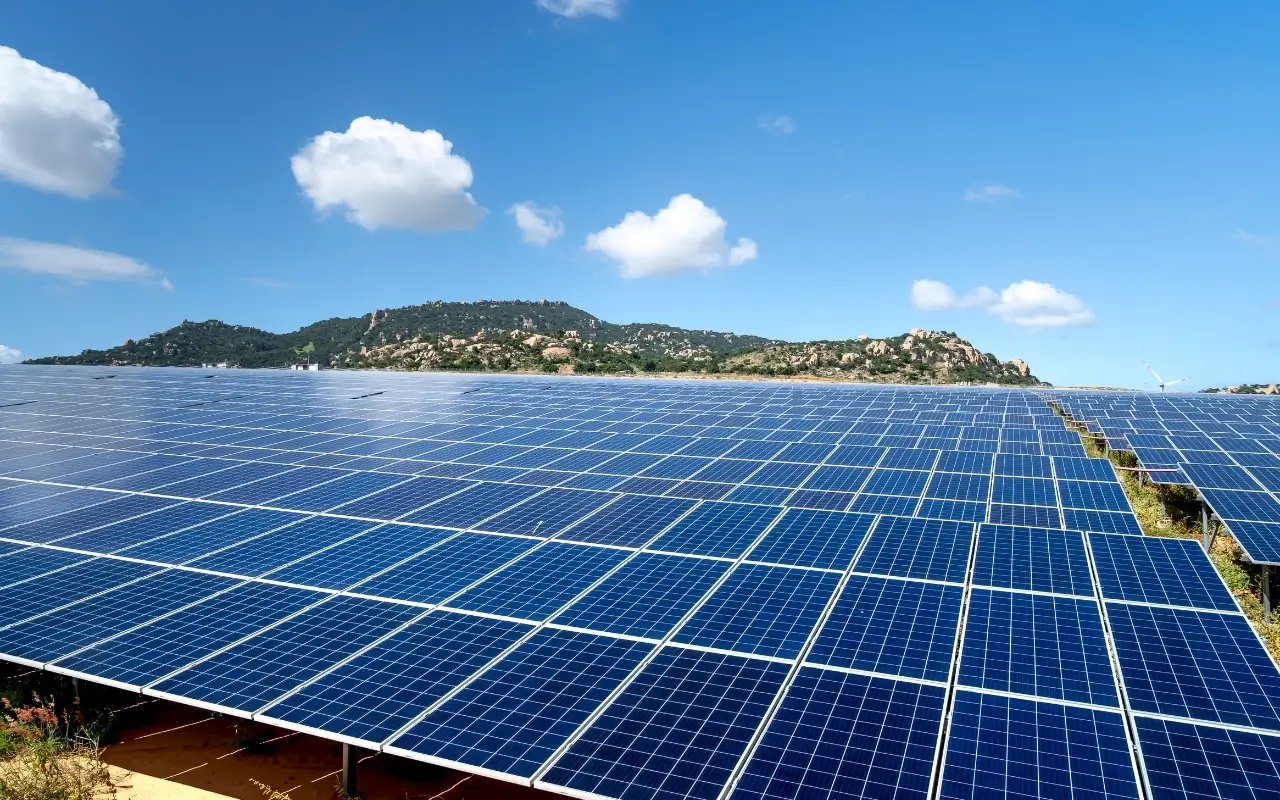
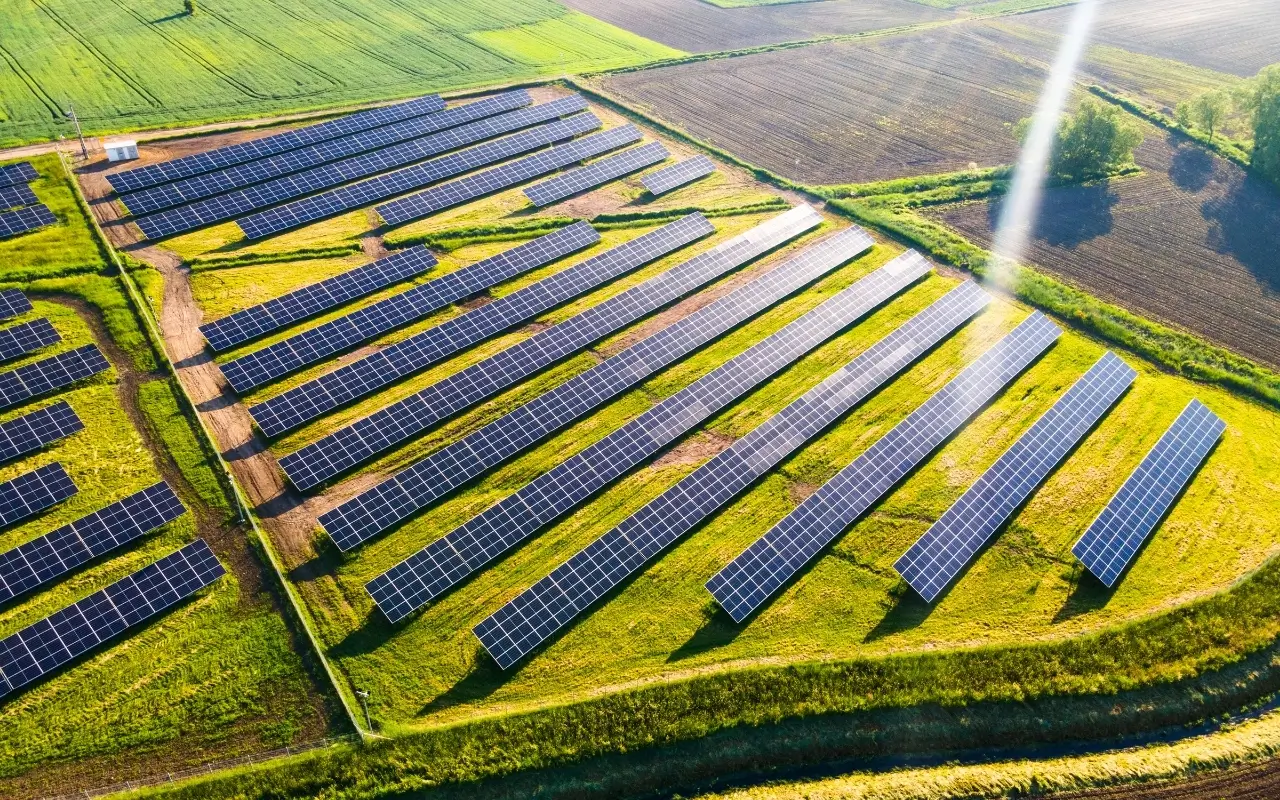
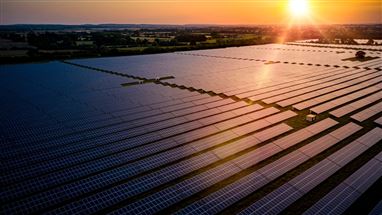
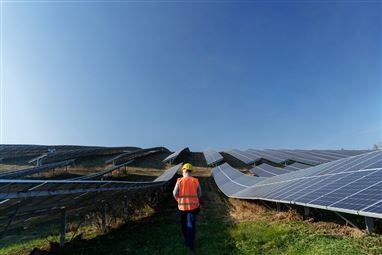
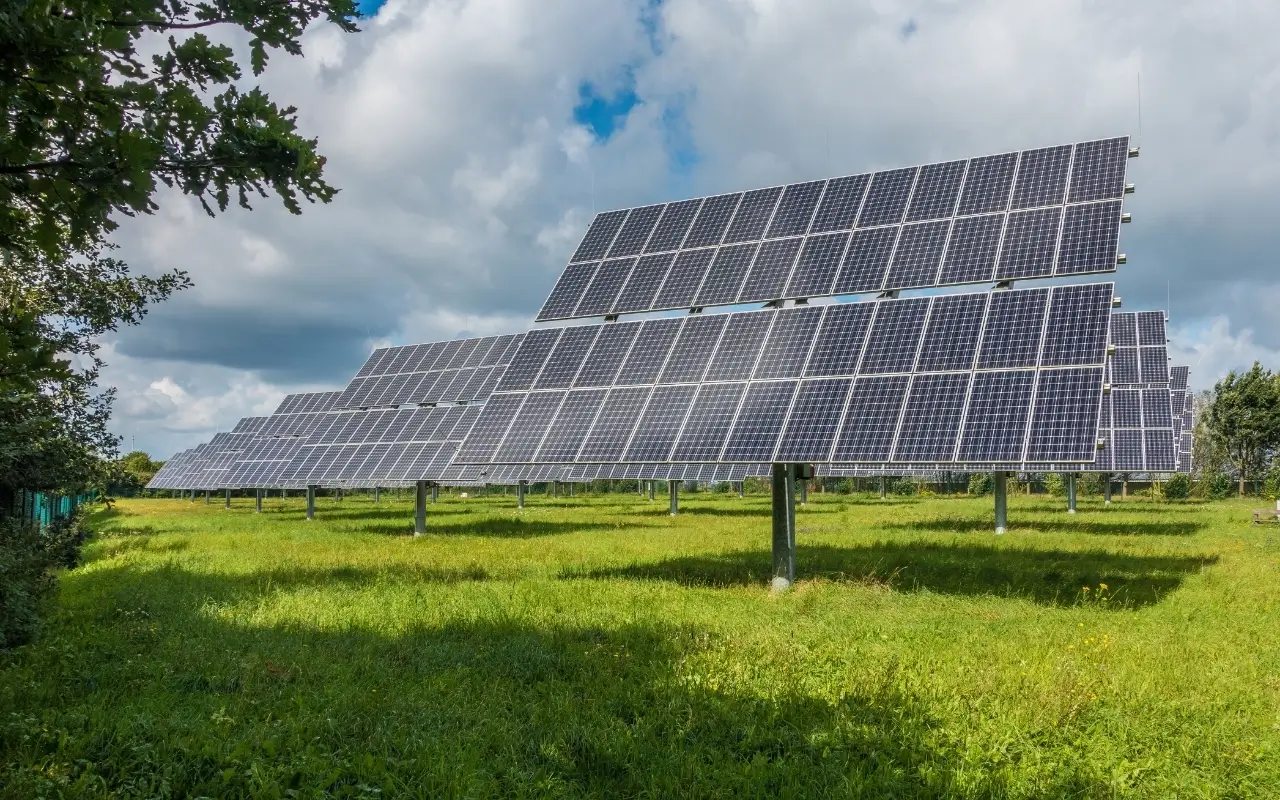
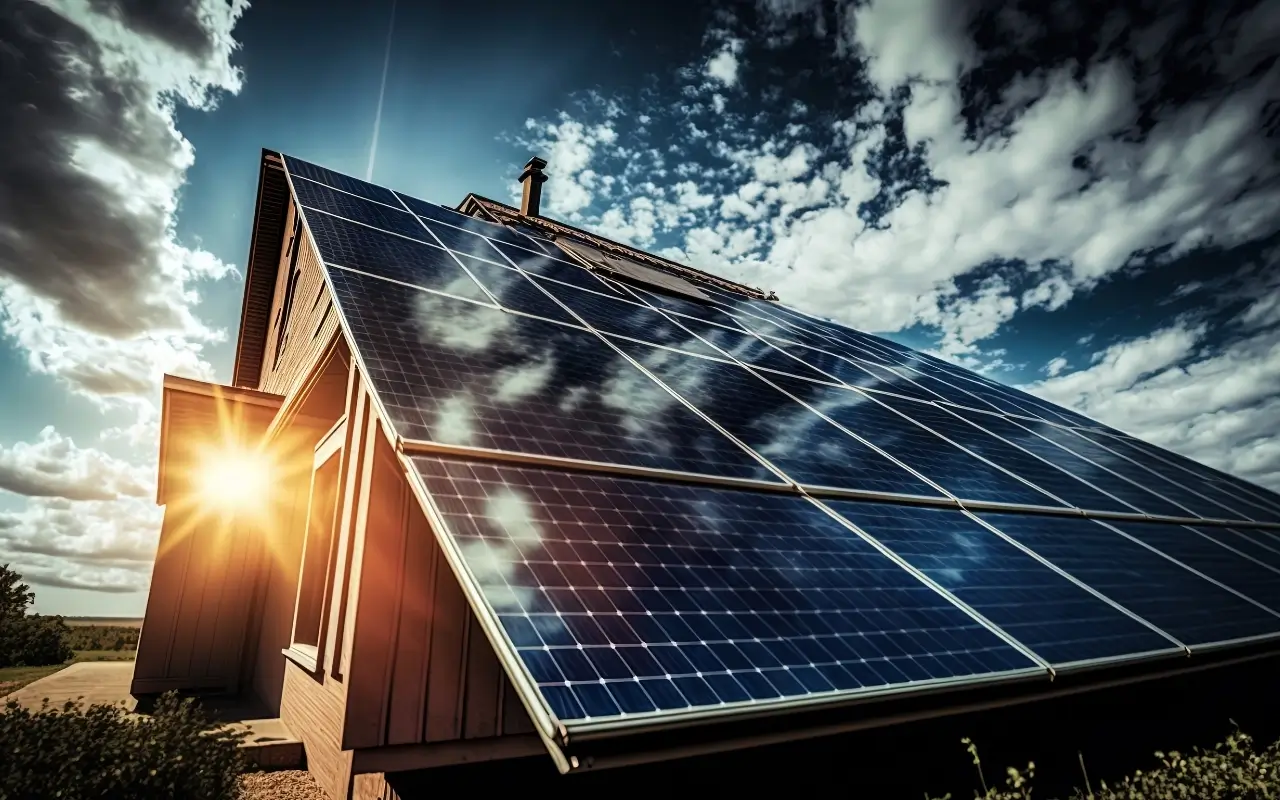
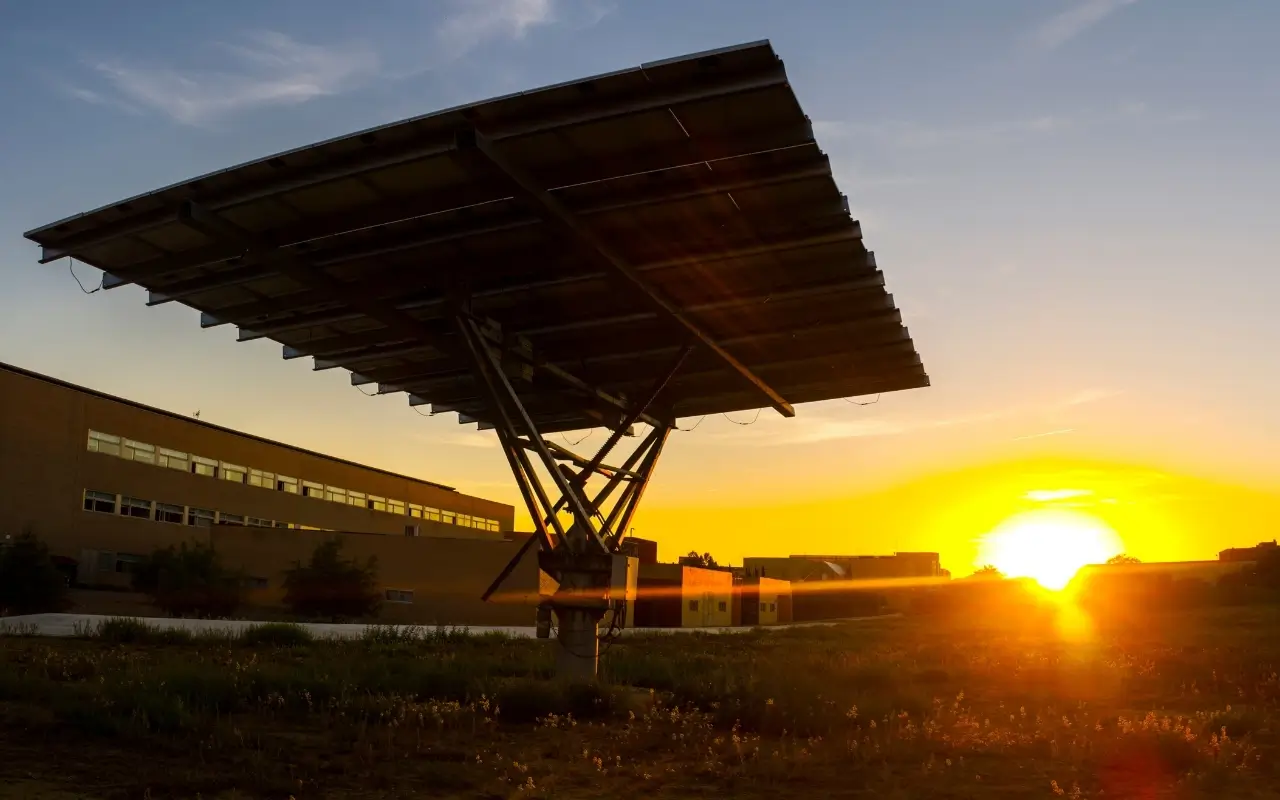
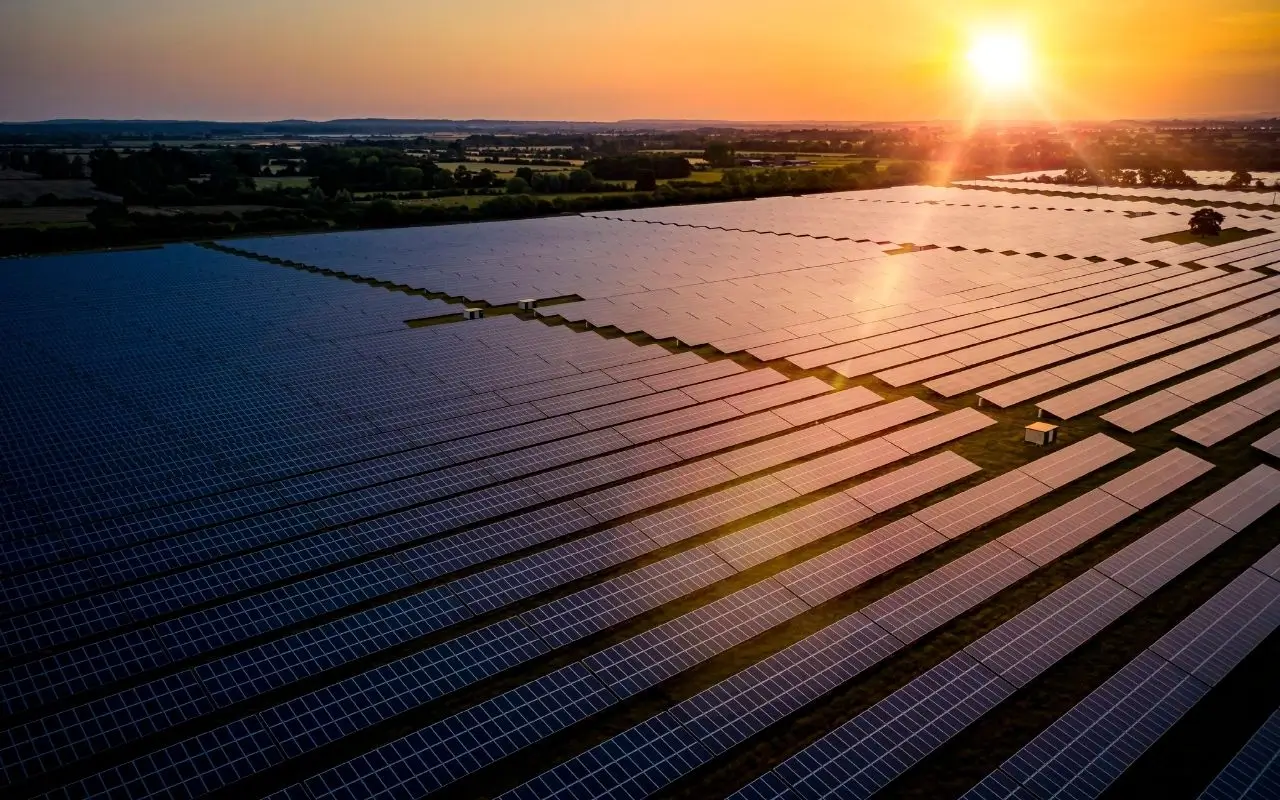
Do Comment